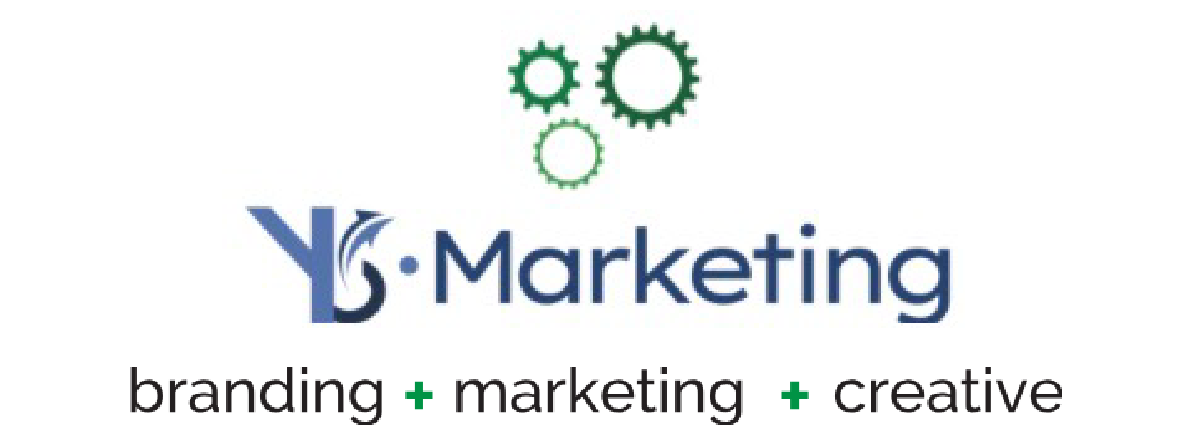
Designing your company’s image
In few words, the image of a company can be described as the company’s face, its impression on the audience, or the most recognizable features associated with the company. A lot can be said about the concept of image, but we can try to whittle it down to just two major categories. The visual representations of the company, and the perception the public has of the company. Perception is the public opinion of your organization. It’s what everyone generally thinks. The visual representations, the subject of this blog, are anything tangible that people can see, touch or feel.
Logos
The most obvious visual representation a company has is its logo. A logo is a graphic mark, emblem, or symbol used by businesses to represent their brand. It can be just about anything from a cartoon picture to a simple company title. The most important part is that it is always represented consistently.
A good logo is both versatile and memorable. Versatility in a logo means it can be placed just about anywhere and be recognizable. It should be able to fit on something as small as a mailing address label while also being able to fit on a gigantic billboard without drastically changing. McDonald’s Golden Arches is an excellent example. Just about anyone across the globe can recognize the iconic logo on sight.
When designing a logo, keep in mind the type of company it will be developed for. Think of what kind of design and color scheme matches best with what the business is trying to accomplish.
The Use of Color
Color is just as important as a logo. Perhaps more so as logos need color to be able to stand out among a crowd. Wise use of color can even change how people initially view your product or service. The study of this effect is called color theory. While not necessarily about the color of logos or storefronts, color theory deals with color mixing and the visual effects of specific color combinations.
Different colors evoke different emotions and feelings. For example, red is usually associated with love, passion, anger and blood while purple is associated with royalty, pomp, ceremony and mystery. Feelings can differ even between different shades of the same color. Dark blue provides the sense of sadness and melancholy while light blue is more refreshing, free and calm. This characteristic of color should be factored in to a business design decisions. Businesses who want to be seen as trusted and dependable usually stick to shades of blue (hence the phrase “true blue”). Startups might consider using orange as a differentiator which can be seen as happy, energetic, friendly and affordable. For more on the attributes of specific colors, check out this article on Creative Bloq here.
Total Integration
Color shouldn’t be limited to just a logo, and logos shouldn’t be limited to small paper symbols and large signage. Design should permeate every aspect of your business. Everything from website design and letterhead to the color you paint the walls of your storefront should be considered. Nothing should be done haphazardly and everything should be well thought out. This is total integration; the permeation of design themes through all aspects of your organization.
When we say everywhere, we mean everywhere. When integrating a new design, start with your most visual areas. Putting up new signage at your physical locations and updating your website’s theme are good places to start. Then go to more practical changes like new letterhead and uniforms for employees. After the more obvious areas are taken care of, go for more subtle changes. A new paint job or flooring is an excellent way to make your business look newer and to saturate customer and employee views with your chosen color scheme.
As previously mentioned, make sure that all design iterations are consistent. Make sure to use the exact same colors and the same logo proportions. This avoids cognitive dissonance within your branding efforts and creates a cohesive brand image.
What Can I Do?
Creating your own visual design can be challenging. We recommend the use of a marketing or design firm to help you out. In any case, final decisions are up to you, the business owner. If you are looking to change or update your company’s image, start thinking deeply about what you do. What kind of product or service do you offer and what kind of value do your customers get from it? Is your company persona more happy and playful or solemn and serious? What do people “see” when they think of your company? These are all subjects that can help create your ideal design.
For more on branding, check out our blog on website design here.
ADDED Bonus!
Get our Logo Builder Guide to learn more! It will walk you through components of a great logo and all you have to do is sign up for our email newsletter. (which, by the way, is also filled with actionable and beneficial stuff. No kidding)
